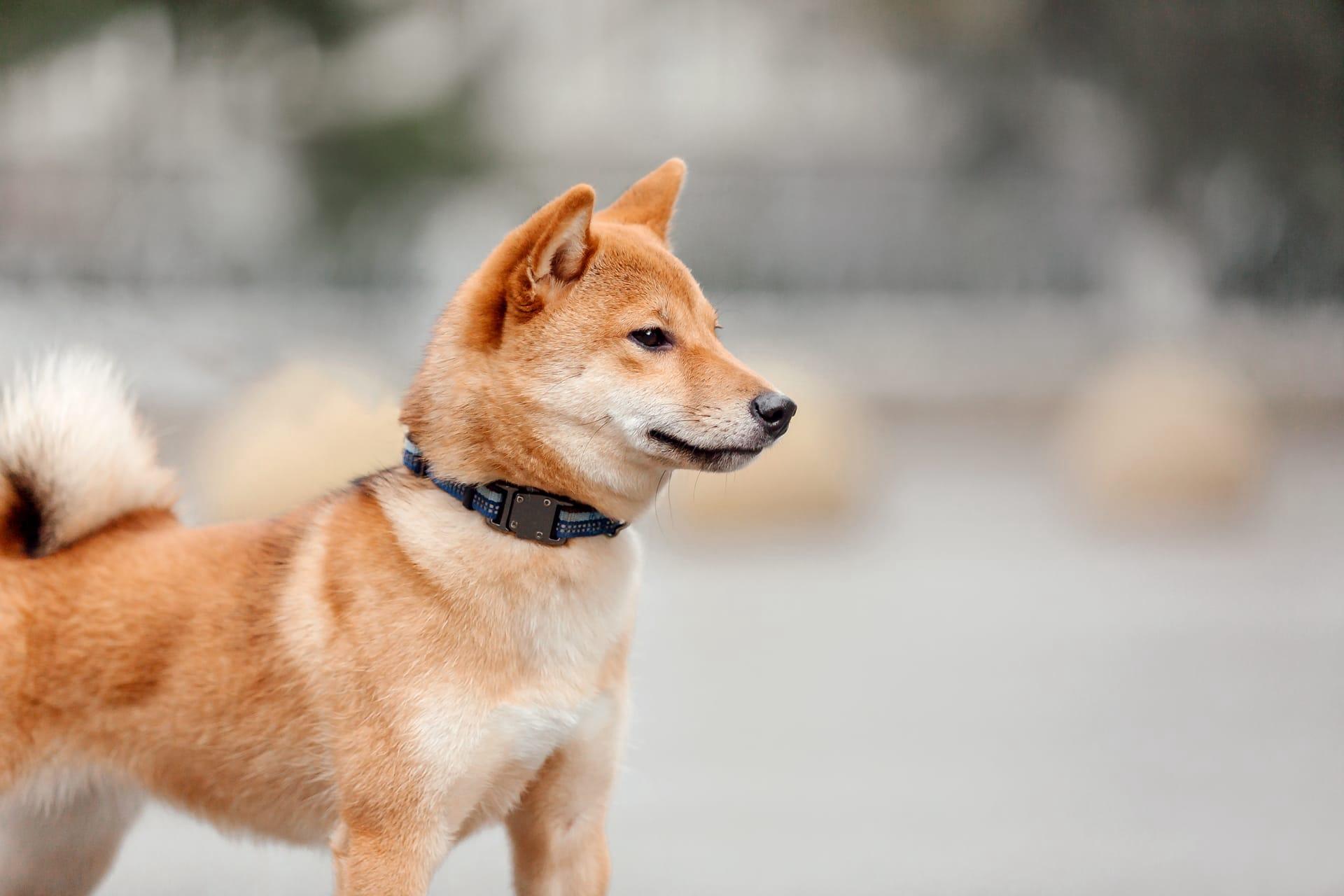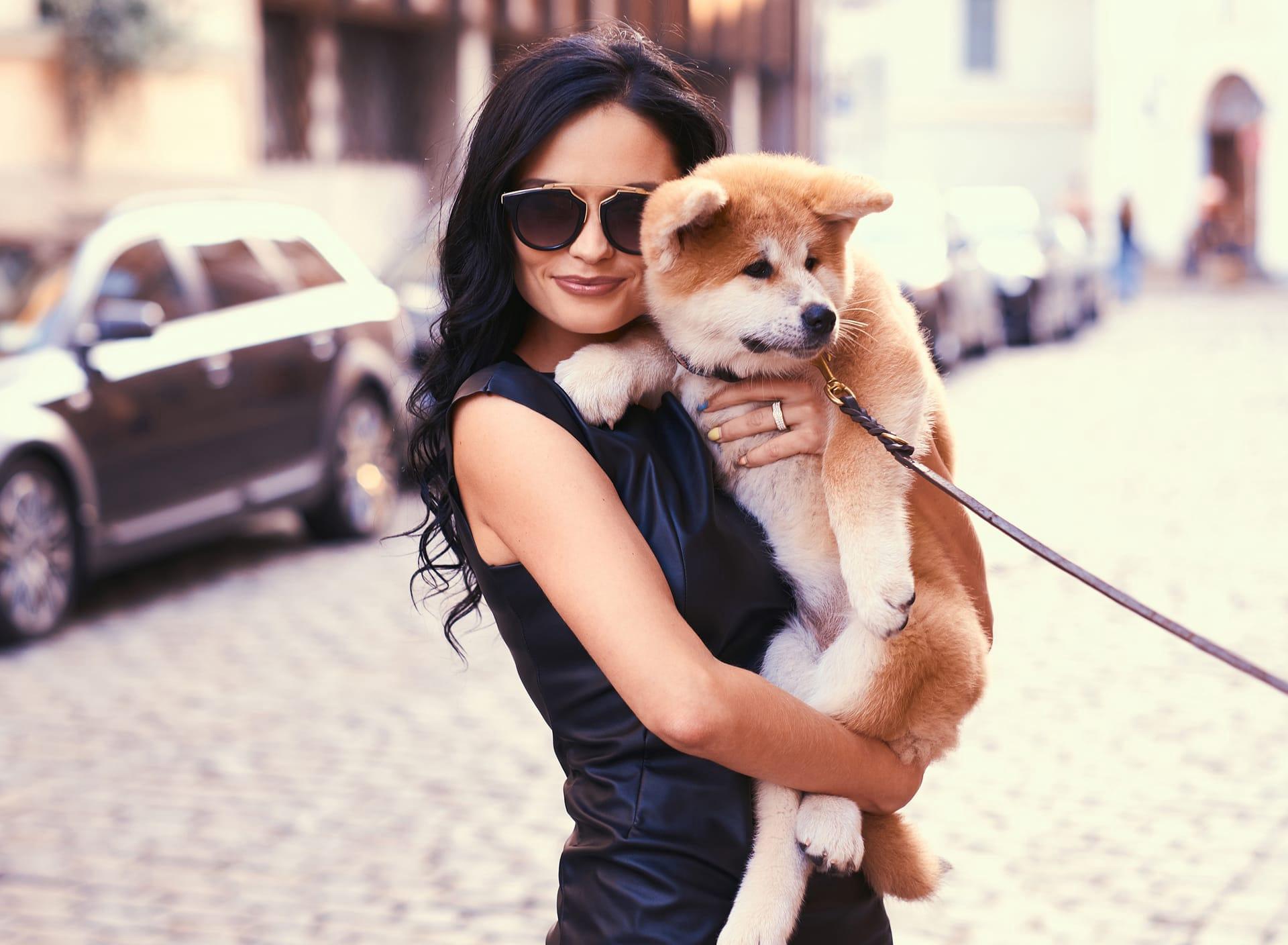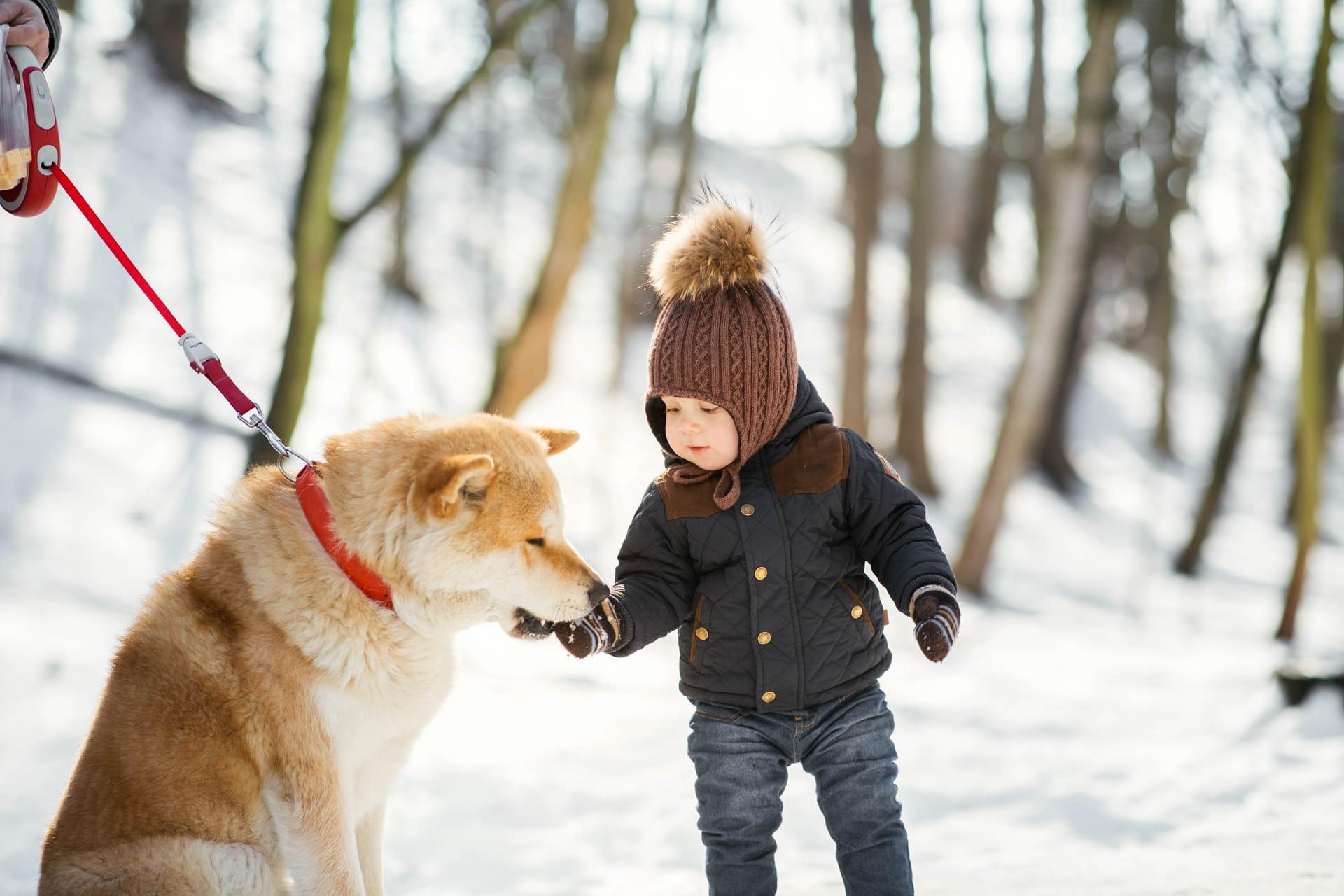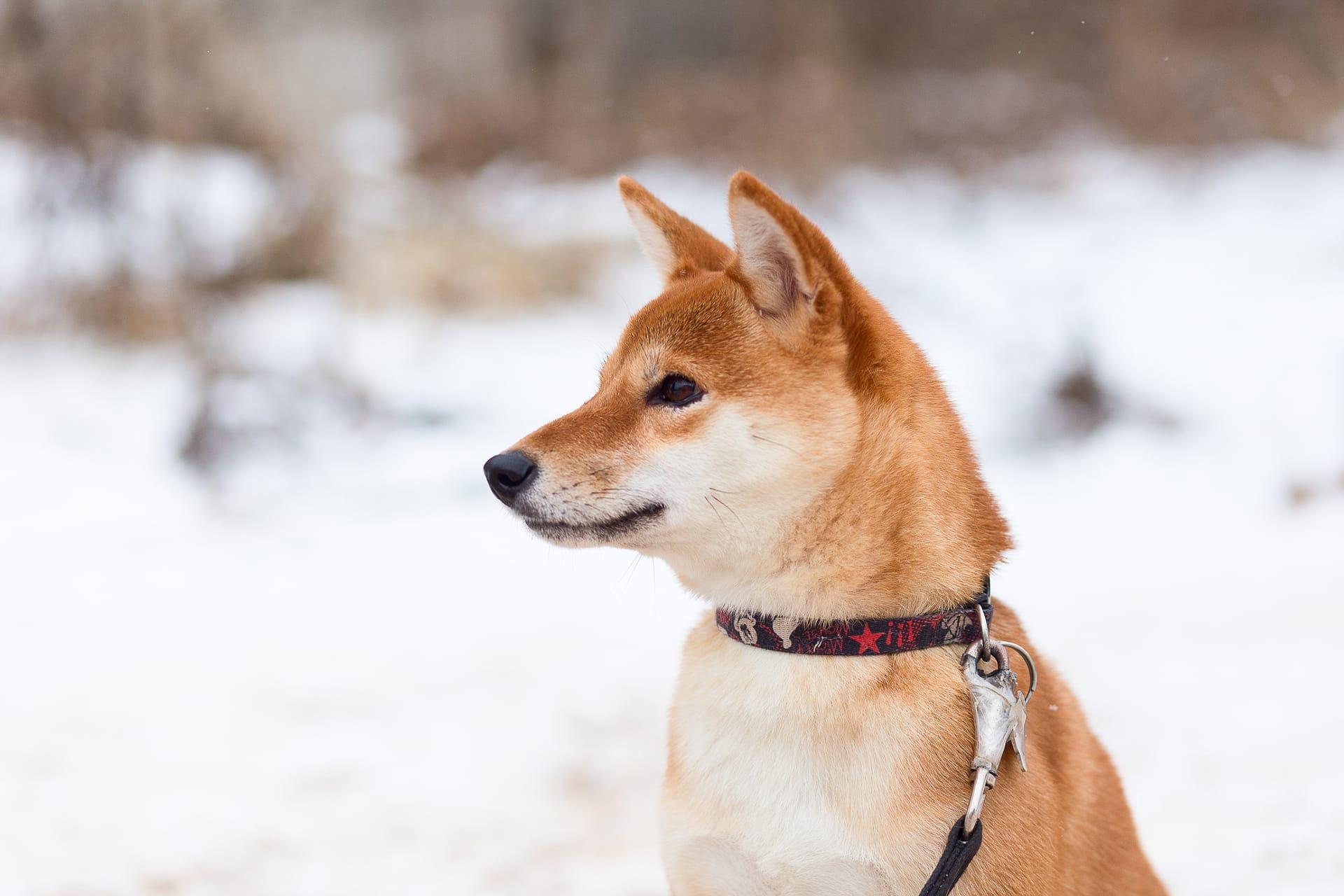1
Akita dogs, originating from the mountainous regions of northern Japan, are known for their impressive size and noble bearing. A fully grown male Akita can tip the scales at up to 130 pounds (about 59 kilograms) and stand as tall as 28 inches (about 71 centimeters) at the shoulder. This robust build is complemented by a thick, double coat that can come in a variety of colors, including white, brindle, and red, making them both formidable and stunning creatures.
One of the most captivating aspects of the Akita is their tail, which curls over their back in a graceful arc. This distinctive feature is not just for show; it serves the practical purpose of protecting their face from harsh weather conditions, like the heavy snowfalls common in their native Akita Prefecture. This natural adaptation highlights the breed's resilience and evolutionary intelligence, enabling them to thrive in challenging environments.

2
Akitas are not just physically imposing; they are also known for their unwavering loyalty. The story of Hachiko, an Akita who waited for his deceased owner at a Tokyo train station every day for nine years until his own death, exemplifies this trait. This story is not just a tale but a testament to the breed's deep sense of loyalty and devotion, making Akitas emblematic of fidelity in Japan and beyond.
Despite their tough exterior, Akitas have a soft spot for their families, often referred to as "Velcro dogs" because of their tendency to stick close to their owners. This breed is known for forming strong bonds with their human companions, often following them from room to room and preferring to be involved in all family activities. This characteristic, coupled with their calm demeanor indoors, makes them not just pets but integral members of the household.

3
Akitas have a fascinating historical role in Japan, where they were originally bred for hunting large game such as wild boar, Sika deer, and even bears. Their powerful physique and fearless nature made them excellent hunters, capable of holding large prey at bay until the hunter could arrive. This hunting heritage is still evident in their keen senses, agility, and strong protective instincts, making them not only formidable companions but also vigilant guardians.
In addition to their hunting prowess, Akitas are celebrated in Japanese culture as symbols of good health, happiness, and long life. It is customary in Japan to send a statue of an Akita to someone who is ill or to new parents as a gesture of health and well-being. This tradition stems from the breed's esteemed status and the positive qualities they embody, further cementing the Akita's place in both the hearts and the cultural heritage of the Japanese people.

4
The Akita's double coat is more than just a stunning feature; it serves a crucial function in their native, cold climate. The outer layer is coarse and water-resistant, while the undercoat is soft and dense, providing insulation against severe weather conditions. This dual-layered fur requires regular grooming to maintain its condition and manage shedding, especially during the spring and fall when Akitas "blow" their undercoat, resulting in a more intensive shedding period.
Akitas have a unique way of communicating with their human families, often through "talking." They are known to make a range of sounds, from grunts and mumbles to soft barks, to express their feelings and desires. This vocalization is a charming trait that endears them to their owners, offering a glimpse into the breed's complex emotional landscape and their desire to connect with those they love.

5
The Akita breed is divided into two distinct types: the Japanese Akita (Akita Inu) and the American Akita. The Japanese Akita tends to be smaller and more reserved in colors, primarily red, white, and brindle, and adheres closely to the breed's original standards in Japan. In contrast, the American Akita is larger and can come in all dog colors, showcasing a broader physical diversity. This distinction arose post-World War II, as American servicemen brought Akitas back to the U.S., leading to a divergence in the breed standard that reflects the different cultural values and aesthetic preferences of Japan and the United States.
Akitas are not just family pets; they have also been employed in various roles that utilize their strength and intelligence. In modern times, Akitas have served as police and military dogs in Japan, participated in search and rescue operations, and even worked as therapy dogs, providing comfort and support to those in need. Their versatility and adaptability to different roles underscore the breed's intelligence and their ability to form deep, meaningful bonds with humans, making them not only loyal companions but also invaluable members of society in various capacities.